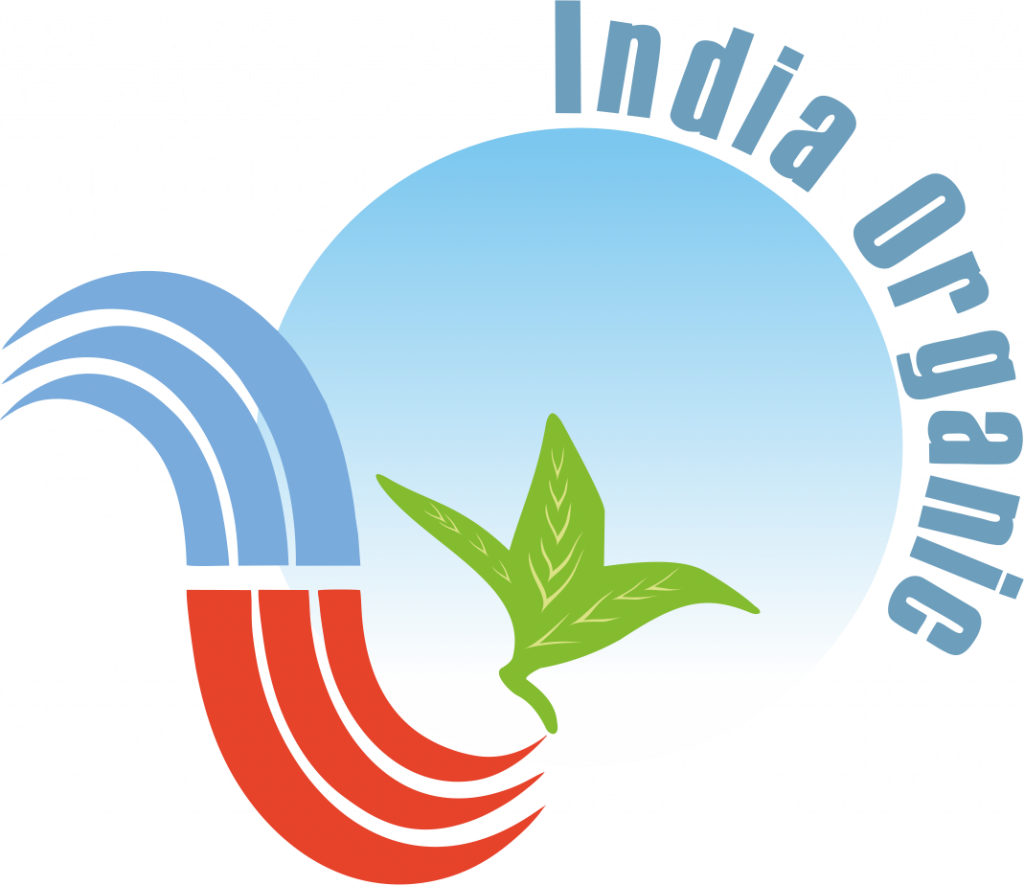Considering the importance of GAP, fruits and vegetable farmers should adopt it and minimize the risk of contamination, right from pre-planting stage of crop to post-harvest stage of the crop. Some of the major risk and minimizing measures are highlighted below:
PRE-PLANTING MEASURES
Site selection
Land or site for fruits and vegetable production should be selected on the basis of land history, previous manure applications and crop rotation.
Manure handling and field application
Livestock manure can be a valuable source of nutrients, but it also can be a source of human pathogens if not managed correctly.
Manure storage and sourcing
Manure should be stored as far away as practical from areas where fresh produce is grown and handled.
Timely application of manure
Manure should be applied at the end of the season to all planned vegetable ground or fruit acreage, preferably when soils are warm, non-saturated, and cover-cropped.
Selection of appropriate crop
Farmers should avoid growing root and leafy crops in the year that manure is applied to a field.
PRODUCTION MEASURES
Irrigation water quality
Ideally, water used for irrigation or chemical spray should be free from pathogen. However, potable water or municipal water is not feasible for extensive use for crop production.
Irrigation methods
Drip irrigation method should be used, whenever possible to reduce the risk of crop contamination because the edible parts of most crops are not wetted directly.
Field sanitation and animal exclusion
Farmers should stay out of wet fields to reduce the spread of plant or human pathogens. Tractors that were used in manure handling should be cleaned prior to entering produce fields.
Worker facilities and hygiene
Ideally, farm workers should be provided clean, well-maintained and hygienic toilet facilities around the farming areas.
HARVEST
Clean harvest aids
Bins and all crop containers have to washed and rinsed under high pressure. All crop containers should be sanitized before harvest
Worker hygiene and training
Good personal hygiene is particularly important during the harvest of crops. Sick employees or those with contaminated hands can spread pathogens to produce.
POST-HARVEST HANDLING
Worker hygiene:
Hands can contaminate fresh fruits and vegetables with harmful microbes. Packing area should be cleaned and sanitized.
Monitor wash water quality
Potable water should be preferably used in all washing operations. Clean water should be maintained in dump tank by sanitizing and changing water regularly. Use chlorinated water and other labeled disinfectants to wash fresh produce.
Sanitize packinghouse and packing operations
Loading, staging, and all food contact surfaces should be cleaned and sanitized at the end of each day
Pre-cooling and cold storage
After harvesting, fruits and vegetables should be quickly cooled to minimize the growth of pathogens and maintain good quality. Water bath temperature for cooling should not be more than 10F cooler than the produce pulp temperature.
Transportation of produce from farm to market
Proper cleanliness of the transportation vehicles should be ensured before loading. Farmers have to make sure that fresh fruits and vegetables are not shipped in trucks which have carried live animals or harmful substances.
(For more info: http://agritech.tnau.ac.in/gap_gmp_glp/gap_horti.html)


